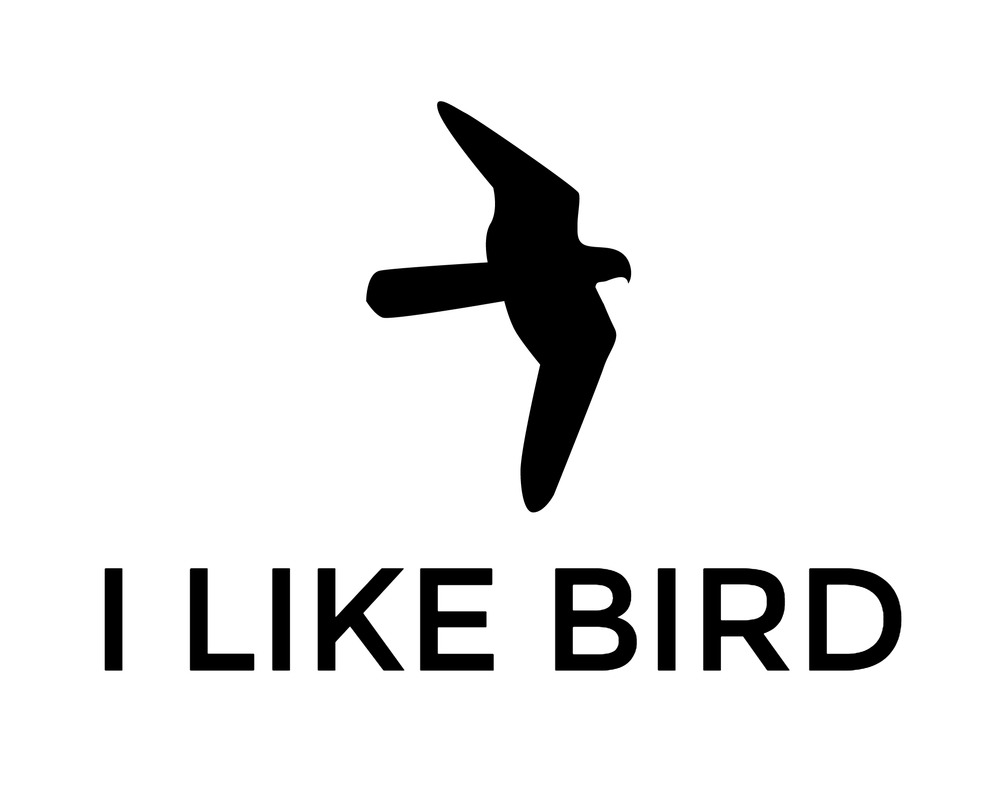For crisp, framed photographs of British birds, click here
Today is World Migratory Bird Day – a global campaign designed to raise awareness of how we can protect migrating birds.
This year’s theme is ‘Birds Connect Our World’, chosen to highlight the importance of conserving the ecosystems supporting the natural cycles essential for the well-being of migratory birds.
It underlines the fact that migratory birds are part of our shared natural heritage and depend on a network of sites along their migration routes for breeding, feeding, resting and overwintering.
What we can do to help:
1. Participate in a bird surveys:
The RSPB, British Trust for Ornithology and National Biodiversity Network all need your help monitoring bird numbers. Visit their websites to find out more.
Summer visitors like the swallow depend on a good supply of insects. There are things we can do to help CREDIT: Dragos Plesuvescu
2. Protect birds from your cat:
Domestic cats kill literally millions of birds each year. Keep a watchful eye on them when they’re outside and place a bell collar around their neck – particularly during the spring when vulnerable young birds are easy targets.
3. Reduce window collisions:
Millions of birds across the world die every year from window collisions. Place markers on your windows and avoid leaving food close to the inside of windows.
4. Create bird-friendly habitat:
In modern times, people make the mistake of striving for the perfectly tidy garden. This is the worst thing you can do for birds which are desperately in need of shelter and food. Allowing a large section of your garden to grow long, wild and scruffy will encourage weeds, plants and wild flowers to grow. Insects and small animals are more likely to visit your scruffy garden which, in turn, will encourage birds to visit and feed on them. By doing this you will almost certainly attract butterflies as well. Thick messy hedges and bushes make the perfect nesting sites for birds such as wrens, blackbirds, robins and goldfinches – so take it easy with the trimmer and garden shears!
5. Avoid using harmful pesticides:
Remember that insects are the lifeline of many birds. We should be doing everything we can to encourage them. Maybe build an insect hotel.
World Heritage sites such as the Migratory Bird Sanctuaries along the Coast of Yellow Sea-Bohai Gulf of China (Phase I) show us that birds literally do connect our world.
The inter-tidal areas of the Yellow Sea/Gulf of Bohai see thousands of migrating birds gathers before using the East Asian-Australasian flyway.
Doñana National Park in Spain is home to five threatened bird species and is the wintering site for more than 500,000 water fowl each year.
All of these birds are vulnerable to the effects of climate change. Global warming is affecting the breeding areas of wading birds, and even their eating habits.
Shellfish, an important food source for birds in the Wadden Sea (Germany/Denmark/Netherlands), the largest unbroken system of intertidal sand and mud flats in the world, can die en masse during heat waves.
To learn more about Migratory Bird Day, visit worldmigratorybirdday.org

